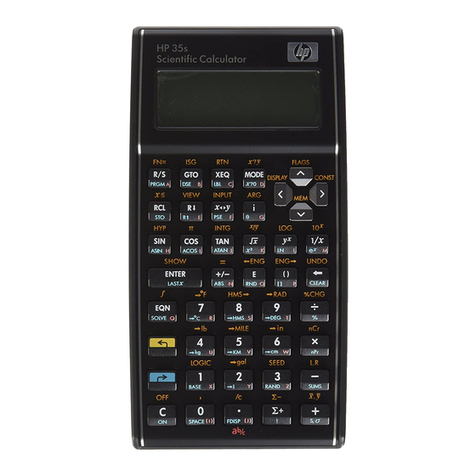E6
Important!
• Make sure to toggle Num LK on before sending data in PC mode or by
key. Data will not be sent if Num LK is off.
• When operating the calculator while it is connected to a computer, make sure
you depress keys carefully and completely.
• If screen save of the computer activates, you can terminate the screen save
and restore normal operation by pressing the following calculator keys.
Cal Mode: key
PC Mode: Any key that is enabled in the PC mode. Note that you cannot
recover from the computer's standby mode by pressing a calculator key.
• Certain computer system configurations assign letters to the number keys of
the main keyboard. When inputting values with the calculator, be sure to
enable number input for your computer keyboard. Otherwise, pressing
number keys on the calculator will input the letters assigned to your
computer keyboard number keys.
• Depending on the application you are using or the keyboard configuration of
your computer, pressing a calculator key may input a character that is
different from that marked on the key. In some cases, for example, pressing
the key on the calculator inputs a comma instead of a decimal point.
USB2.0 PORT HUB
This device has Hub (3 ports) function suited to USB2.0 and can work
respectively under two modes of self-supplied power and main-unit-supplied
power.
Main-unit-supplied Power Mode
USB2.0/1.1 devices with a current of no more than 150mA can be applied to
each port. In case of insufficient current, the red light will be on. At this time,
please use the special AC external power ( , output 5V DC, 1.5A),
which is otherwise sold.
Self-supplied Power Mode
When connected with a USB device with self-supplied power such as a printer,
it can work without using the special AC external power.
• Indicator light: When the USB device is connected with the Hub and enters
working status. If the current is insufficient, the Power Low indicator light on
the upper part of the main body will be on and turn red. In this case, if the
special AC external power is applied to supplement the insufficient current,
the red light will be off.
• This device can be used under USB1.1 environment, however, when under
such an environment, it can work at a transmission speed of USB1.1.



























